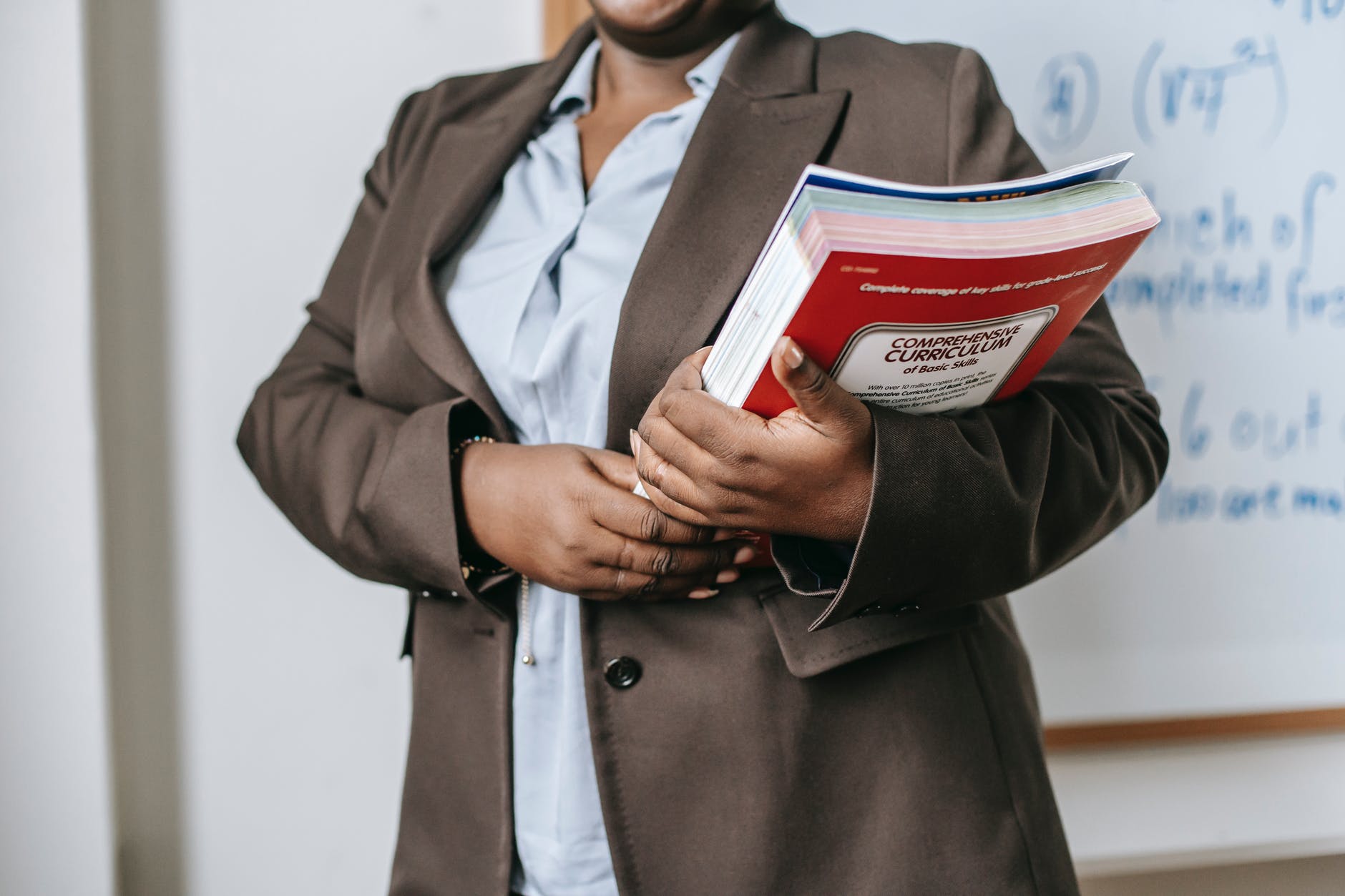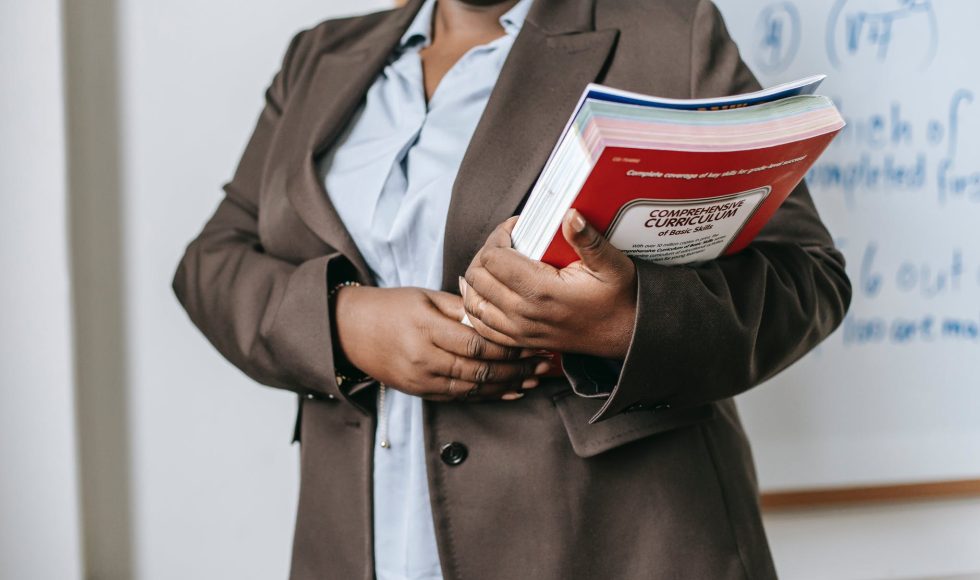Tonight I watched the Open Ed 2021 presentation entitled “Building Capacity for Your OER Initiative: DOERS3” presented by Amanda Coolidge (Director, Open Education BC Campus), Kevin Corcoran (Executive Director, Digital Learning, Connecticut State Colleges & Universities), and Andrew Mckinney (OER Coordinator, CUNY). The Driving OER Sustainability for Student Success (DOERS3) collaborative was launched in 2018 and spearheaded by the University System of Maryland, State University of New York, and the City University of New York. DOERS3 membership includes 25 systems and ~650 colleges & universities. Corcoran explained the history and efforts of DOERS3. The presentation focused on data for promotion and reappointment/tenure. Corcoran began by explaining their research on how OERs are listed and work with campus bookstores. Corcoran was encouraged by new dialogues with campus partners. Coolidge spoke about the work on OER and its influence and value for the tenure and promotion process. Coolidge and others worked on a “Contributions Matrix” to help instructors organize their OER work. The matrix has columns for contributions and whether it fits into research, teaching, or service. Mckinney explained how they improved the tool and disseminated it so that more could implement. I love how the example of Iowa was described because they remixed the matrix and included more guidance so that their faculty could use it. These remixes and continued implementation will help support the use and acknowledge the value of OER. Mckinney also mentioned a new project to help scale open pedagogy initiatives. They reminded me of an often-cited phrase: “They come for the OER and stay for the open pedagogy.” I’ve heard this before and this phrase now makes more sense. I think the work of DOERS3.org will be a site to share with RLOE participants as they develop plans and hopefully implement resources such as the “Contributions Matrix.”



